Some of the world’s most beautiful churches went through disastrous cataclysms, but restoration efforts breathed new life into their halls.
No natural disasters or accidents stopped these once-ruined structures from becoming one of the most beautiful churches in the world. These heritage structures showcase brilliance, resilience, and the enduring spirit of human ingenuity. The shrines highlight the fusion of historical preservation and contemporary restoration techniques, all of which catch people’s attention and entice them to visit and appreciate the sacred scenery.
Each of these restored churches will let visitors experience the surroundings that are rich in history, culture, and religion.
READ ALSO: An Awaited Return: The Notre-Dame Cathedral Will Re-Open In December 2024
Igreja de São Domingos in Lisbon
Lisbon’s Igreja de São Domingos is one of the most “emblematic churches” in Portugal’s capital. The shrine combines beauty and an ominous history as it used to be a historic site where public executions for the heresy-condemned happened.
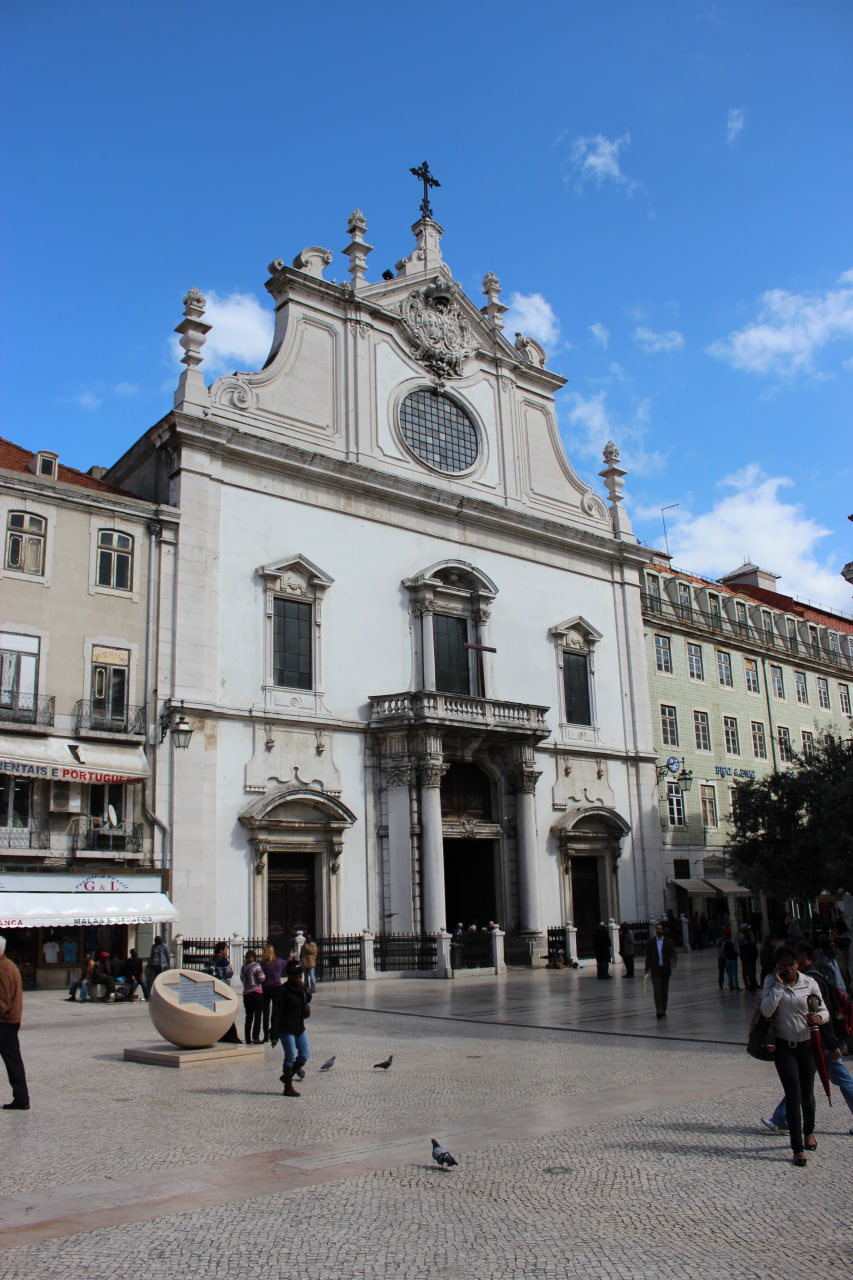
King Sancho II built the church in the 13th century. It went through a series of misfortunes from earthquakes to fires, but has successive building work and refurbishment to repair the damages.
The church sports diverse decorative and architectural integrities due to multiple reparations required. It withstood earthquakes that happened in 1531 and 1755 as well as the great fire in 1959.
Visitors can see the scorch marks from the fire in the shrine’s stone slabs and witness the iconic, smooth orange-plastered walls. The chapel designed by architect João Frederico Ludovice can be located onsite, too.
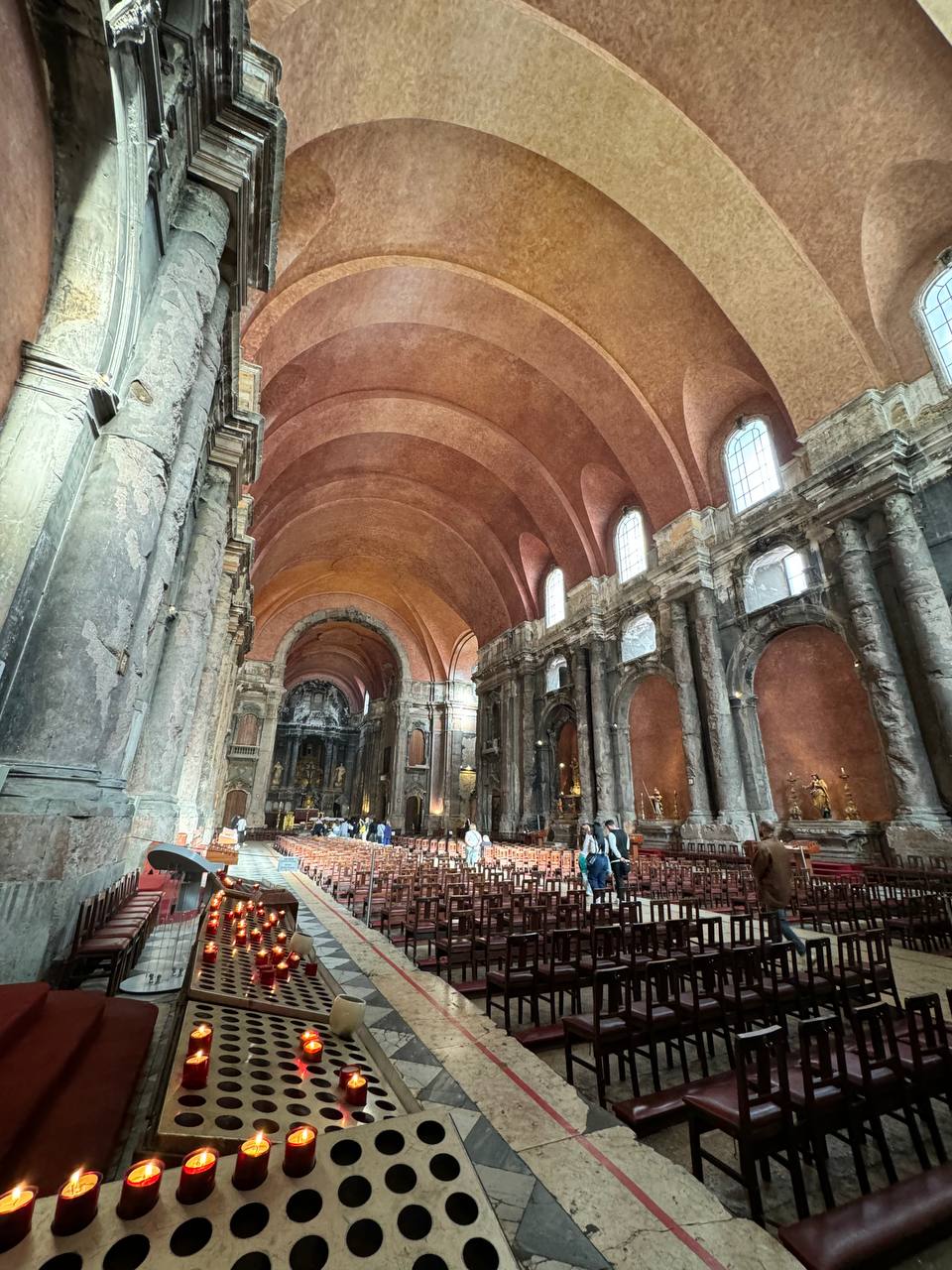
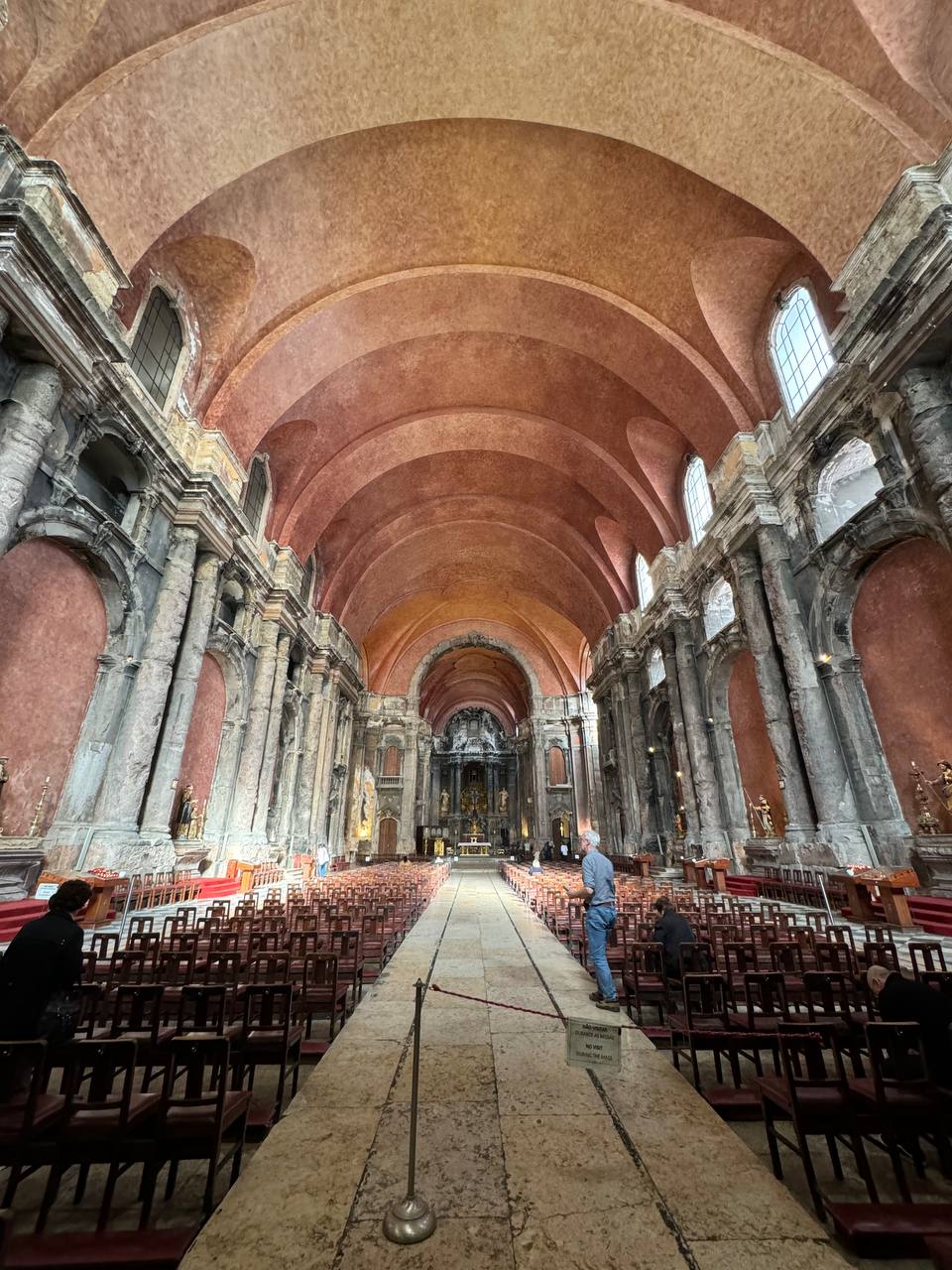
Cathedral of Notre-Dame in Reims
Notre-Dame’s Cathedral in Reims is a masterpiece of Gothic art as the former abbey maintained its 9th-century nave, where Archbishop St. Rémi’s remains lie. He was responsible for instituting the Holy Anointing of France’s kings.
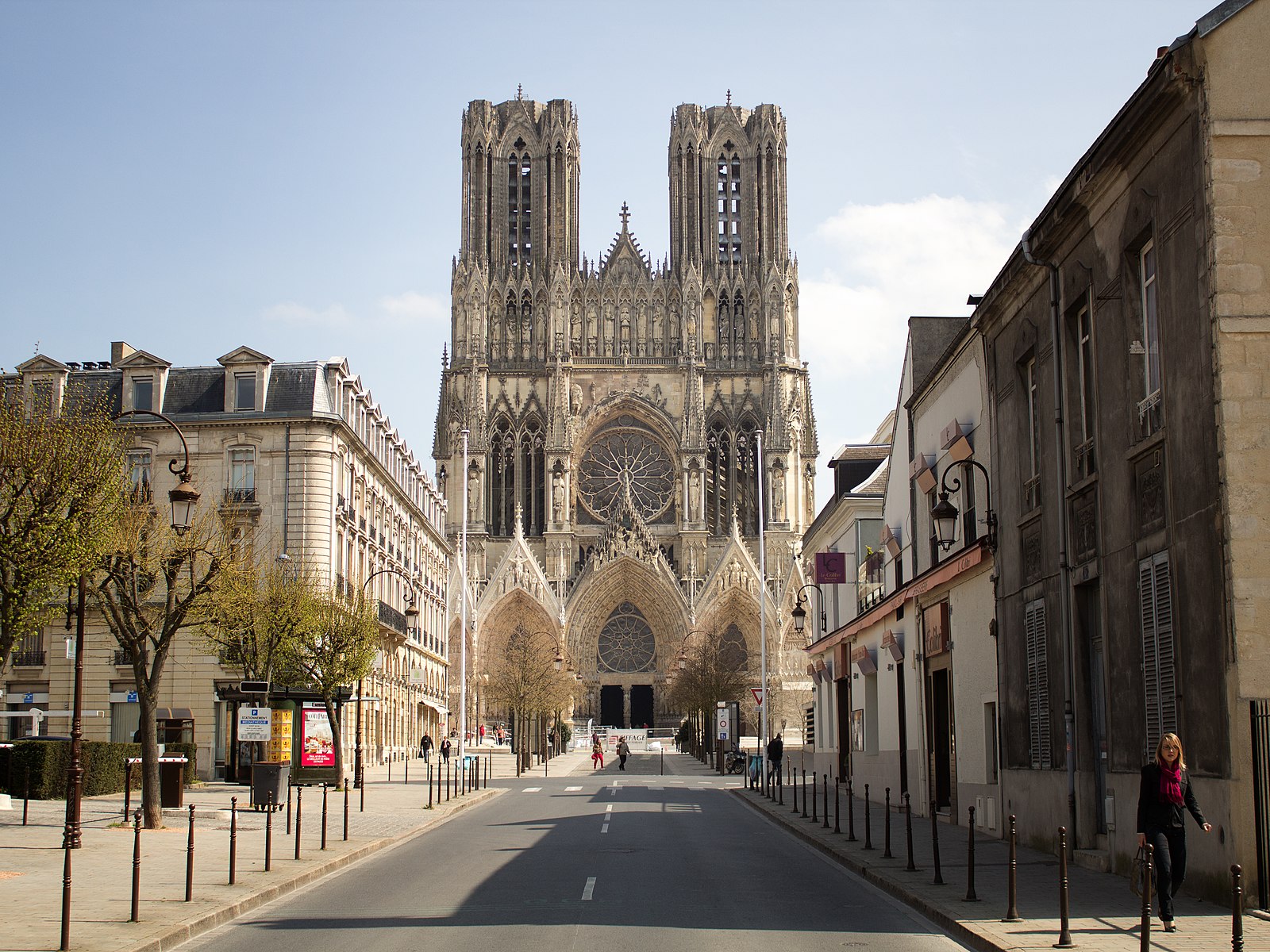
The cathedral highlights architectural techniques from the 13th century which includes intricate sculpted ornamentation. It was a backdrop for 25 royal coronations which signified coordination between public authority and sacred function in the French monarchy. The cathedral is adjacent to the Palace of Tau, where archbishops once resided. It now became home to the Musée de l’Oeuvre. The cathedral also commissioned Marc Chagall to produce nine stained glass windows and he completed them in 1974.
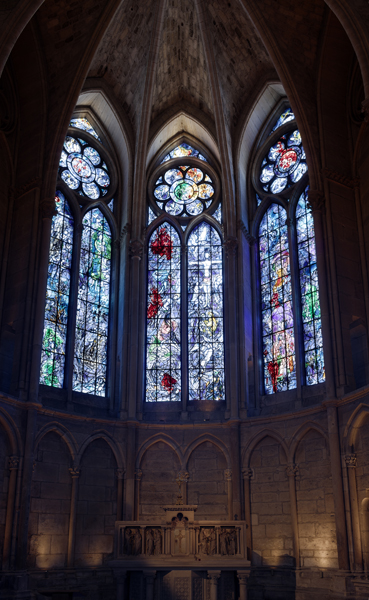
The city of Reims owns the abbey of Saint Rémi and they spearhead the cathedral’s rehabilitation. The site’s forecourt has also been redeveloped, which helps improve access and circulation around the monument.
These sites symbolize France’s historical legacy. Restorations and maintenance work guarantees their continued preservation.
Church of the Assumption, Lake Bled, Slovenia
Slovenia’s Church of the Assumption of Mary (“Mary on the lake”) sits on Bled Island. It was built in the 12th century but the pilgrimage to the Mother Of God at Bled Island dates back between the seventh or eighth century. It is a renowned pilgrimage site and tourist attraction.
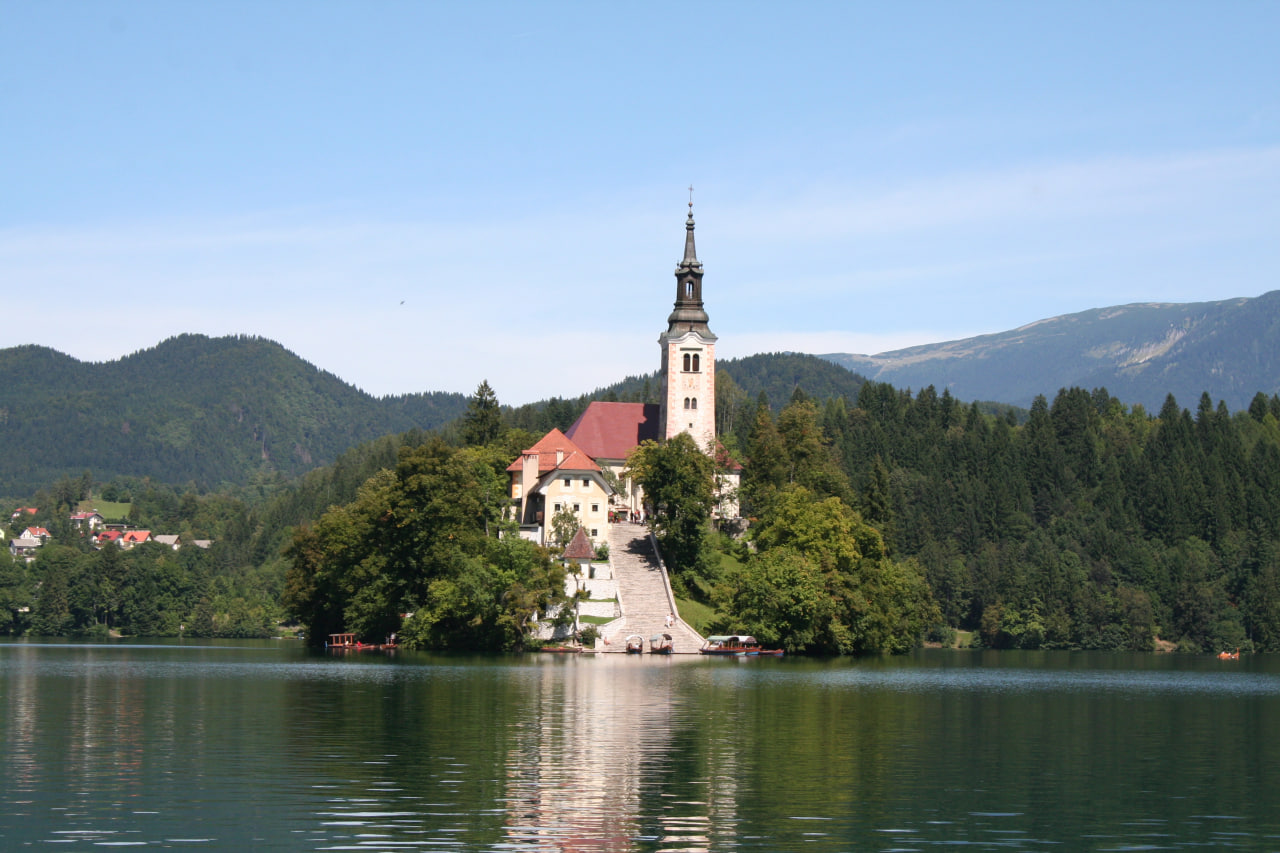
Devotees from all over the world come to the shrine and express gratitude and say prayers and wishes. Tourists can also indulge in a culinary tradition there where you can bake potica, a traditional bread from Slovenia. People can also tug on the shrine’s lucky bell, which is believed to grant wishes.

It overcame an earthquake in 1511 and was “unscathed” by the unfortunate phenomenon. The shrine underwent several reconstructions especially in the 17th century and maintained its current Baroque appearance.
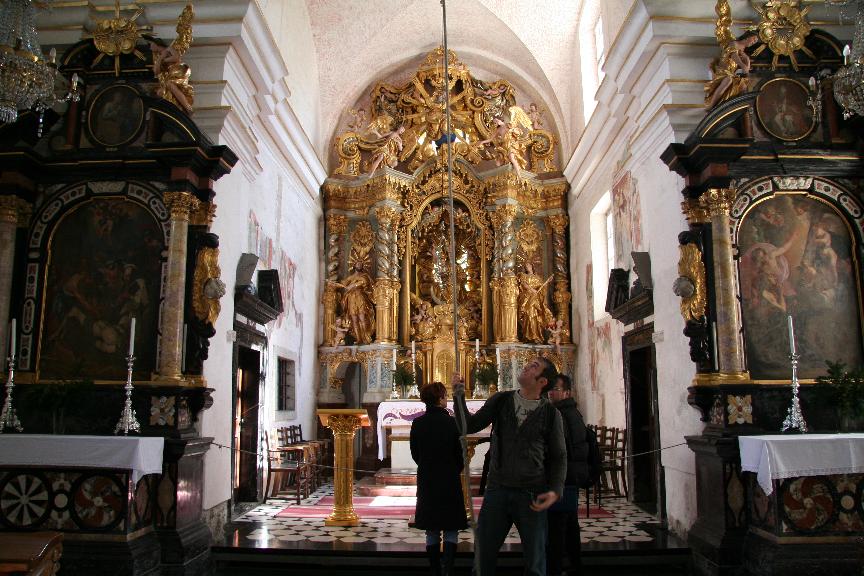
St. Peter’s Basilica in Vatican City
Vatican City’s St. Peter Basilica is one of the most popular pilgrimage sites in the world. It has renowned Renaissance architecture and a three-aisled Latin cross design with a dome covering the St. Peter the Apostle shrine.
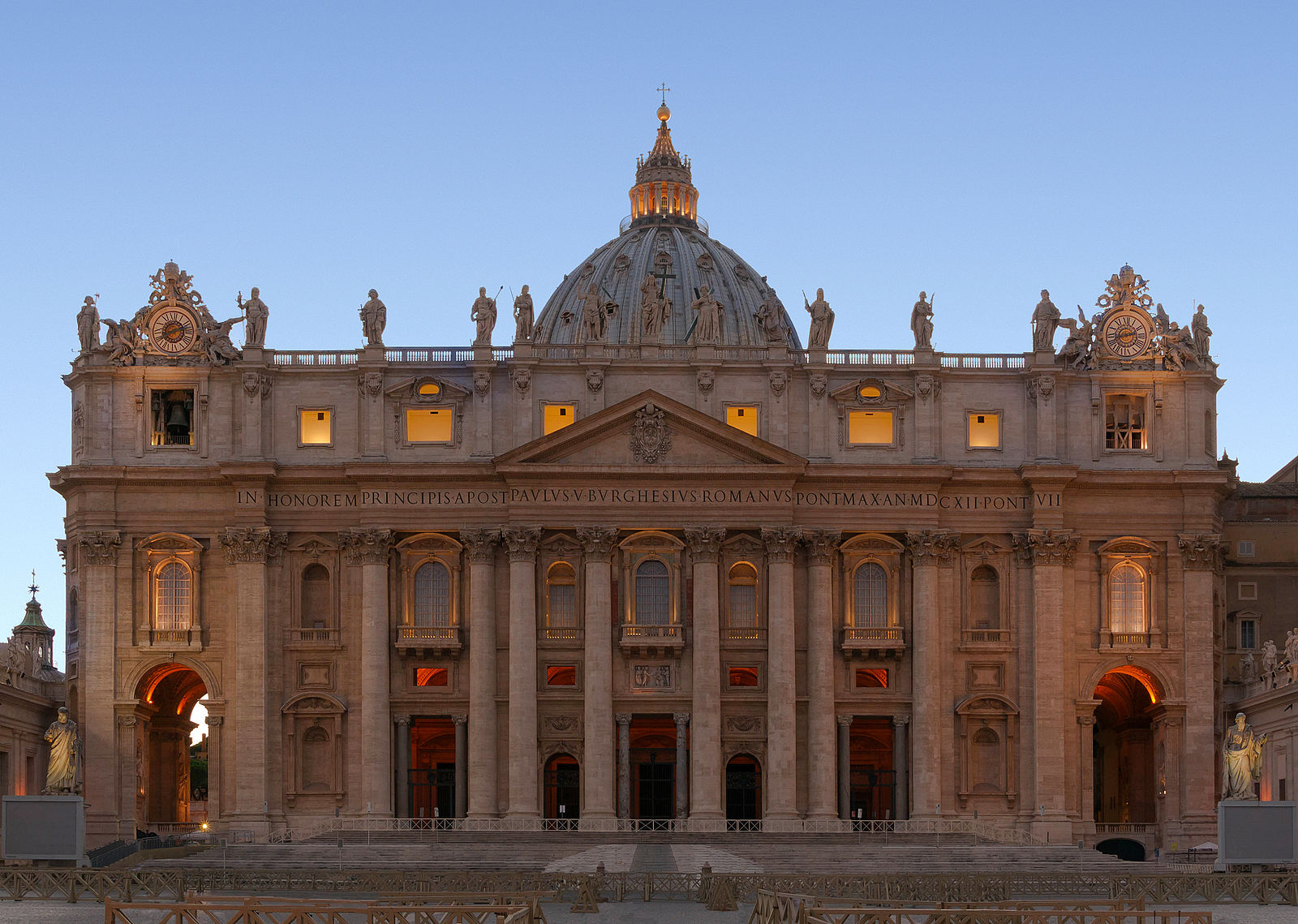
Pope Julius II commenced its construction in 1506 by laying the first stone, which sits on the site of the present-day pillar of Saint Veronica. It began as an extensive artistic and spiritual endeavor.
The project’s goal is to maintain the tradition of placing Saint Peter’s tomb at the basilica’s center. Renaissance architects like Raphael Sanzio, Michelangelo Buonarroti, Michelangelo Buonarroti, and Carlo Maderno, among others, helped the project come to fruition.
Earlier this year, The basilica announced its planned restoration of Gian Lorenzo Bernini’s bronze and wood canopy masterpiece or Bernini’s baldachin. It will undergo its first major restoration since the mid 1700s, with scaffolding gradually enveloping the structure.
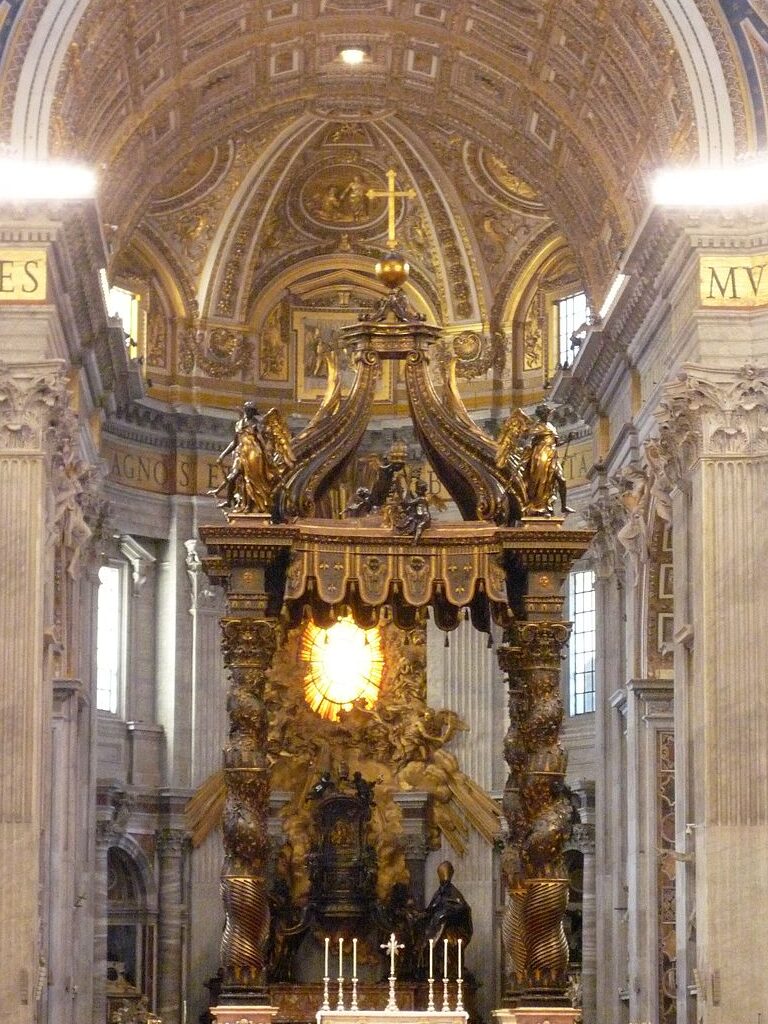
The church’s head of communications Father Enzo Fortunato said the almost 30-meter high canopy is fundamental to the St. Peter Basilica’s architecture. Restoration efforts cost approximately €700,000 or $762,083. They plan to finish rebuilding before the 2025 Holy Year. St. Peter’s Basilica is a symbol of the Catholic Church’s grandeur and spiritual significance.
Barcelona’s Sagrada Familia
Diocesan architect Francisco de Paula del Villar designed the Sagrada Familia in 1882. Its original design featured neo-Gothic elements like ogival windows, buttresses, flying buttresses and a pointed bell tower. Bishop Urquinaona laid its foundations in the same year and in 1883, Antoni Gaudi took over the project.
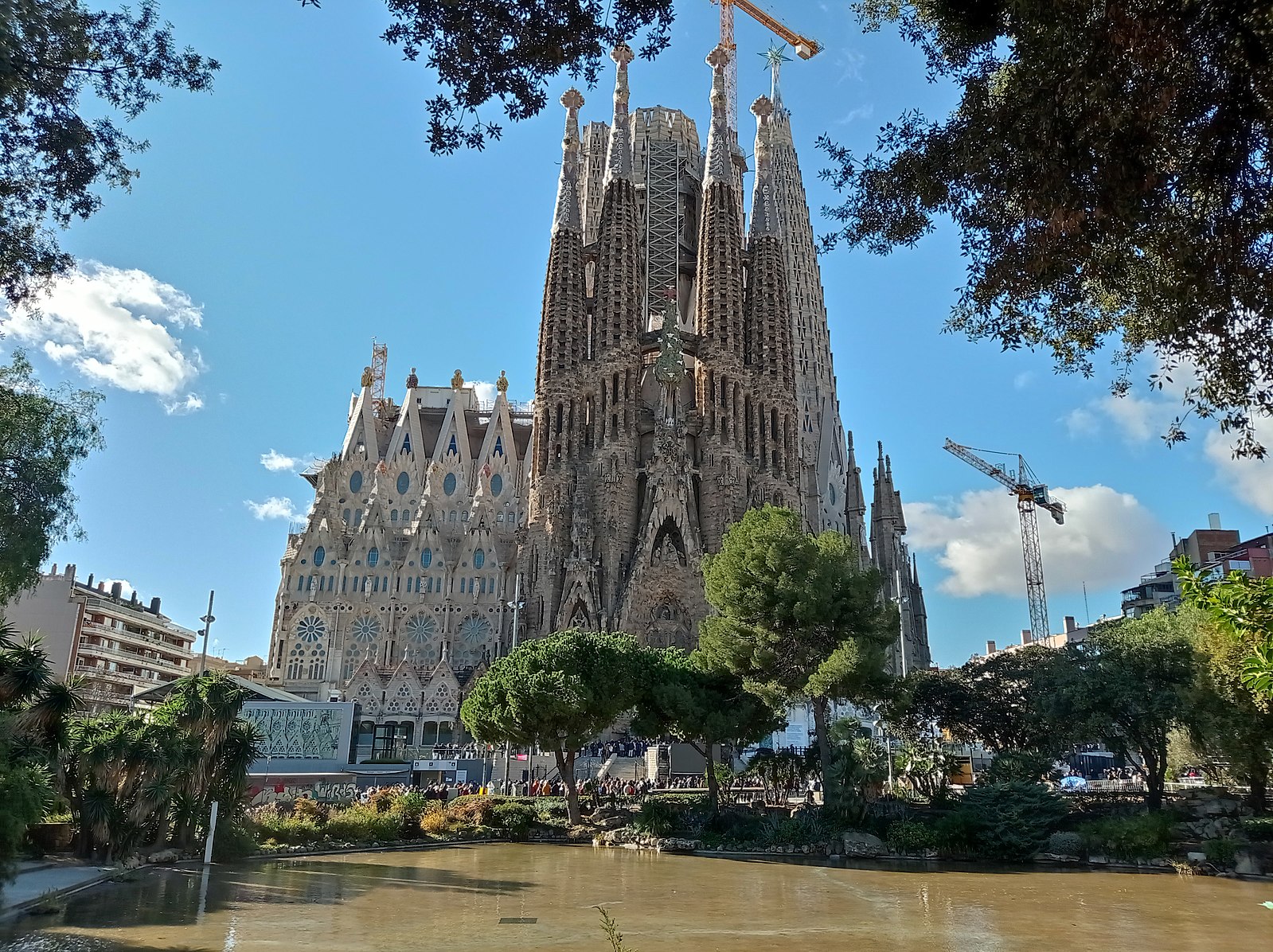
Progress continued under various architects but its completion faced interruptions like the Spanish Civil War. Sagrada Familia bore vandalisms during the war where plans and photographs were burnt and the plaster models were smashed.
However, Francesc de Paula Quintana pushed through with rebuilding through published plans and photographs from Gaudi’s workshop. It gained recognition from the United Nations Educational, Scientific and Cultural Organization (UNESCO). Its Nativity façade and crypt became part of UNESCO’s world heritage.

Pope Benedict XVI consecrated the Sagrada Familia for religious worship and designated it as a minor basilica in 2010. Further works and project takeovers were done through the years, and now stands with five central towers after 140 years. Its sixth and final central tower is aiming for completion in 2026.
Banner photo from Wikimedia Commons.





